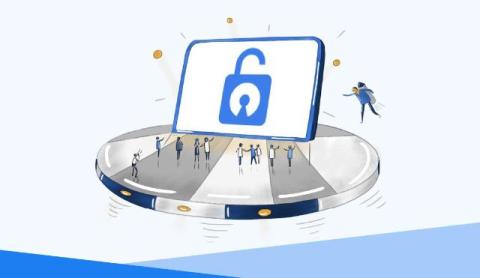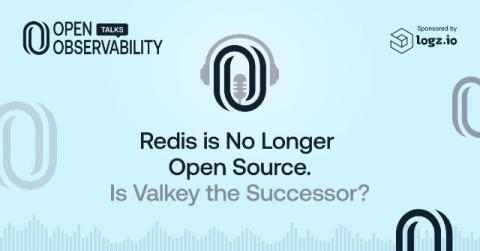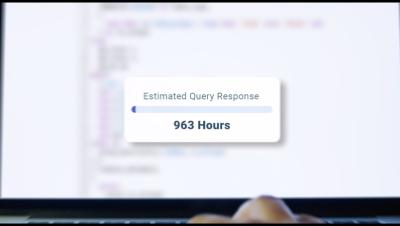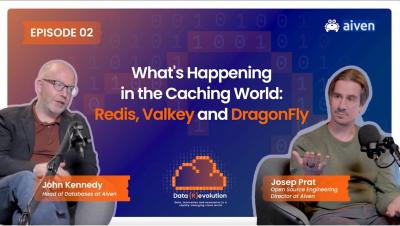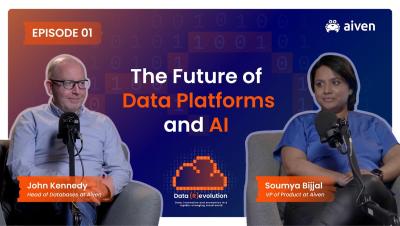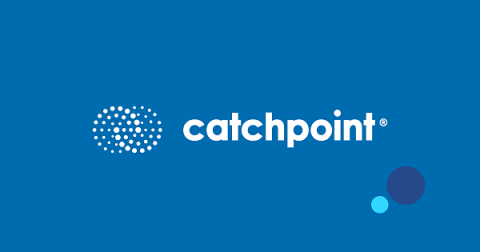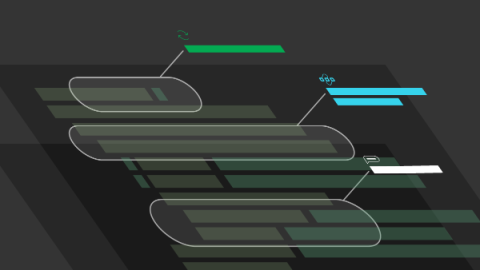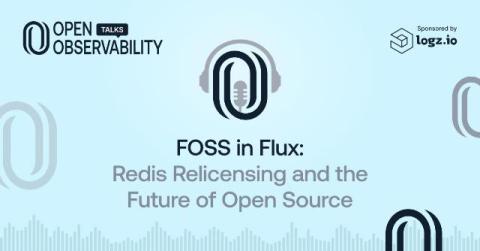Practical Guide to Adopting Open-Source Software in Operations
Businesses are constantly on the lookout for ways to optimize operations, reduce costs, and stay ahead of the competition. One of the most effective strategies for achieving these goals is adopting open-source software (OSS). Open-source tools offer a myriad of benefits, from cost savings to enhanced flexibility and innovation. However, transitioning to an open-source environment can be daunting without a clear roadmap.


